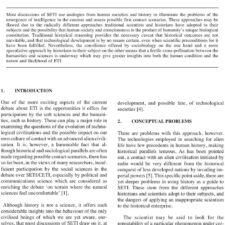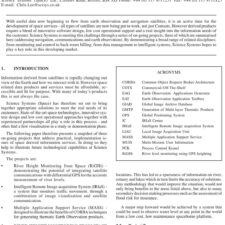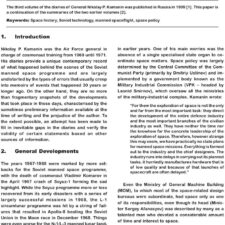Project Icarus: A Review of the Daedalus Main Propulsion System
£5.00
J. R. French (2013), JBIS, 66, p.248-251
Refcode: 2013.66.248
Abstract:
The epochal Daedalus study [1], the first known serious engineering study of an interstellar spacecraft, was conducted nearly 40 years ago. With the inception of the present Icarus Study [2], it seems appropriate that the original work be reviewed in the perspective of today and a perhaps modified view of future technical evolution. The main propulsion system being the most demanding and least certain of the technologies involved, it is appropriate to begin there. The Daedalus system depends upon focused electron beams to achieve fusion in targets which are fired axially down the engine reflector to the beam focus point. Serious problems appear with this approach in that, fluctuations of the focusing magnetic field caused by the previous detonation can be expected to deflect and defocus the beams. The problem of accelerating the target particles to sufficient speed to reach the target point in the interval between detonations will be challenging as well. Timing of the entire operation is a major issue. Questions arise as to whether the beams can in fact achieve fusion conditions even if perfectly timed and focused due to effects in the plasma generated. Mechanical oscillations in the engine structure caused by the periodic energy pulsed from the detonations could easily destroy the engine structure. These and other problems are discussed with an eye toward guiding future work on similar concepts or perhaps directing future studies toward other methods. This paper is a submission of the Project Icarus study group.





